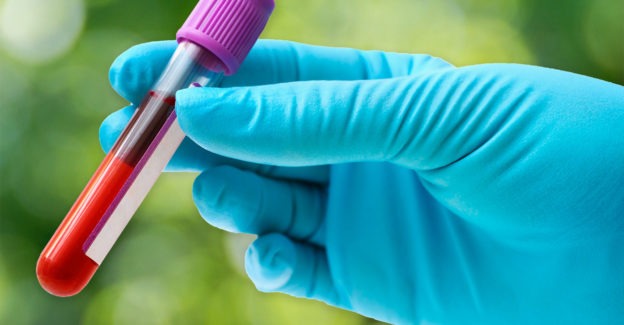Instructor
Elizabeth Lee-Lewandrowski, PhD, MPH
Massachusetts General Hospital
Harvard Medical School
Description
Many clinicians based diagnostic decisions on their assessment as to the likelihood that a patient has Lyme disease. Most consider epidemiologic data that is derived from surveillance case reports. However, this may underestimate risk for patients that reside in what has been considered traditionally low incidence states. This presentation documents the changing geographic demographics of the illness and clinicians in some areas of the country may need to reconsider how they assess a patient’s risk of Lyme disease.
This session, 7 years of blood-based Lyme disease testing, is approved for 0.5 enduring AAFP Prescribed credits.
AAFP Prescribed credit is accepted by the American Medical Association as equivalent to AMA PRA Category 1 credit(s)™ toward the AMA Physician’s Recognition Award. When applying for the AMA PRA, Prescribed credit earned must be reported as Prescribed, not as Category 1.
The AAFP has reviewed One Health Medical Education for a Changing Climate and deemed it acceptable for AAFP credit. Term of approval is from 01/02/2024 to 01/01/2025. Physicians should claim only the credit commensurate with the extent of their participation in the activity.
Learning objectives:
- Participants will be able to describe the relative frequency of Lyme disease (LD) cases reported to the CDC across different regions of the United States
- Participants will be able to describe the CDC criteria for the laboratory case definition of LD and the limitations of currently available testing
- Participants will be able to describe trends in the frequency of LD cases over time and the changing national epidemiologic demographics of LD across different regions
Evidence-based bibliography for further study
• https://www.cdc.gov/ticks/diseases
• https://www.cdc.gov/lyme/stats/tables.html
• Hinckley A, Neeta C, Meek J, Johnson B. Kemperman M, Feldman K, White J, Mead P. Lyme disease testing by large commercial laboratories in the United States. Clin Infec Disease 2014;59:676-681
• Rudolf J, Baron J, Branda J, Lee-Lewandrowski E. Laboratory testing for tick-borne infections in a large Northeastern academic medical center: a ten-year experience. Amer J Clin Pathol 2018;150:415-420
• Lee-Lewandrowski E, Chen Z, Branda J, Baron J, Kaufman H. Laboratory blood-based testing for Lyme Disease at a national reference laboratory. Amer J Clin Pathol 2019;152:91-96


